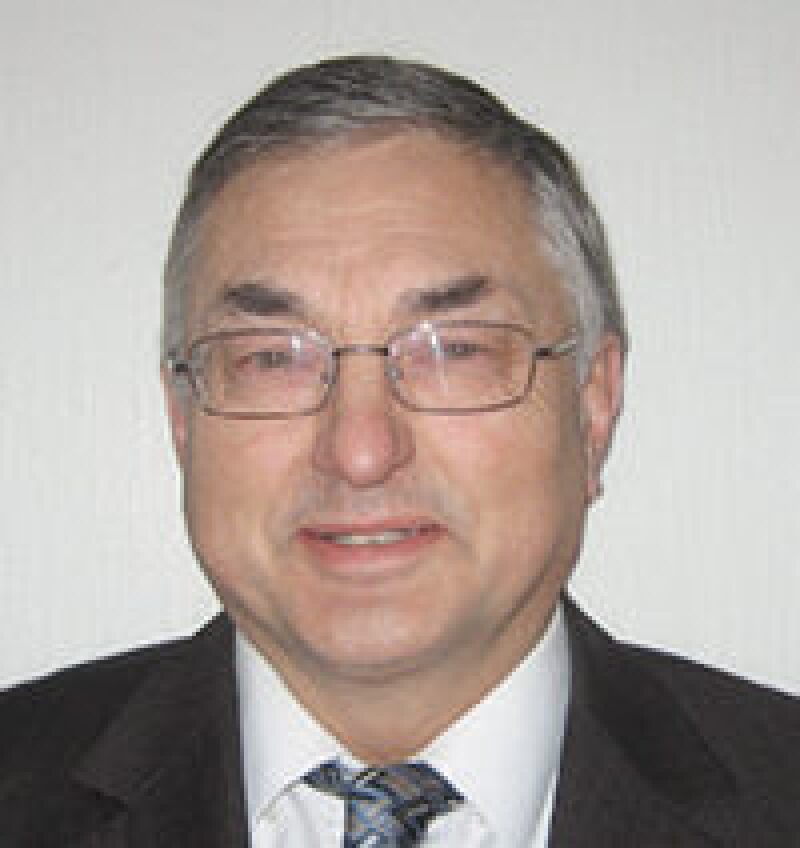The ultimate challenge for the oil industry is to drain the reservoirs completely. The average recovery factor is still only 50% in Norway, for example, despite considerable research and development in the past decades. Much more oil remains, leaving us with considerable potential for increased recovery.
Drilling wells to access the remote parts of the reservoirs is a key factor in this, but many wells may prove uneconomical, so fewer extended-reach wells are often chosen. For the past 15 years, many wells have been drilled with stepouts of 30,000–40,000 ft. Going beyond this is not simple because using conventional technology has limits related to hydraulics, materials, and other technical challenges and also carries a high economic risk. Recently, the world’s longest well was drilled in Sakhalin, Russia, with a total depth of 49,200 ft and a stepout of 46,300 ft.
Current long-reach technology already has a large effect on oil recovery. Many possible improvements, however, remain, and we see new contributions every year. One example is given in paper SPE 186917, which shows developments within drill-in fluids. Paper OTC 28091 demonstrates a record horizontal well drilled in Brazil. Other people are challenging the maximum well length; paper SPE 178859 presents an entirely new drilling concept with the objective of more than doubling well stepout.
Along with drilling development, the completions of these wells have also improved, with a considerable number of inflow-control technologies, smart-well completions, and fishbone drainage systems, for example. The completion string is designed to optimize the production of the well and minimize negative effects on water production, important elements for maximizing the recovery factor. Extended-reach wells will be improved continuously to ensure maximum depletion of our oil fields.
This Month's Technical Papers
Organophilic-Clay-Free Invert-Emulsion Fluid Helps Drill Record-Length Well in the UAE
Simultaneous Drilling, Completions Concept Hopes To Extend Drilling Distances to 30 km
Hole Cleaning, Torque Management Lead to Longest Extended-Reach Well in Brazil
Recommended Additional Reading
SPE 183786 Hole Cleaning and ECD Management for Drilling Ultralong-Reach Wells by Feifei Zhang, Halliburton, et al.
SPE/ IADC 178148 Combining Technology and Automation To Overcome Drilling Challenges and Deliver the Longest Extended-Reach Well in Kuwait: A Case History by Hadi Al-Ajmi, KOC, et al.
SPE 187458 New Approach To Quantify Productivity of Fishbone Multilateral Well by Amjed Hassan, KFUPM, et al.


